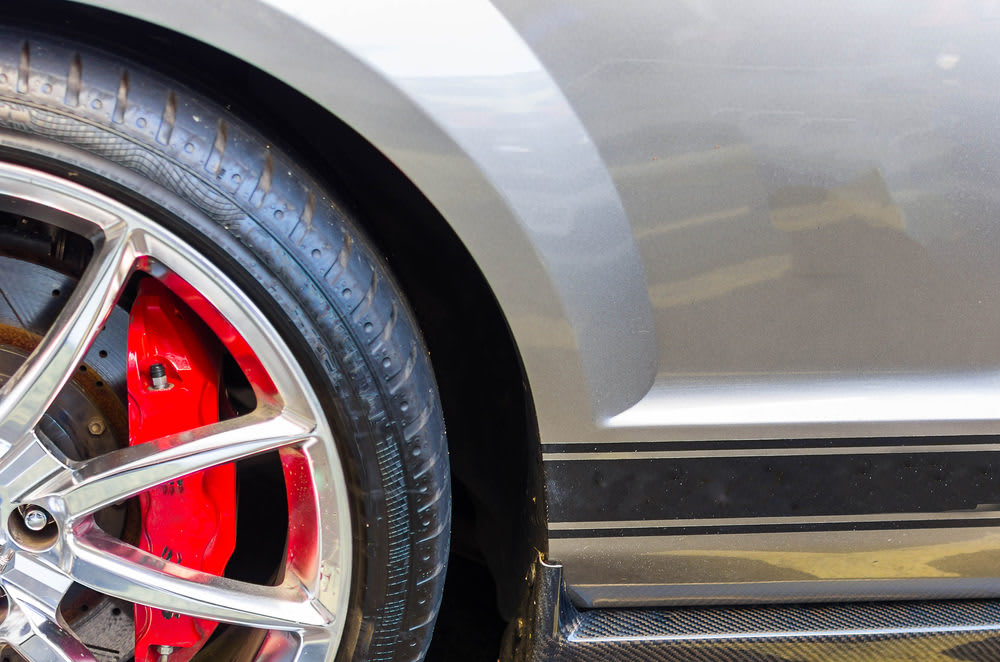

Low-profile tires are becoming more commonplace as manufacturers build vehicles or provide options suited to more visually-discerning or performance-oriented clients. They are tires that have short sidewalls which is noted by the second number in the tire size.
For example, in the tire size P225/55R18, 55 is the profile. It is a percentage or aspect ratio of the width of the tire. The lower the middle number, the lower profile the tire is. Tires with an aspect ratio of 50 or lower are usually considered low-profile.
Low-profile tires provide an enhanced, sporty look and are often accompanied by very visually-appealing, large rims. There are benefits and tradeoffs to using low-profile tires on your vehicle especially if your car wasn’t originally equipped with them. You may experience:
- Improved handling
- An eye-catching appearance
or
- A harsher ride
- More road noise
Larger rims are the norm with low-profile tires. Larger rims mean there is more room for bigger brakes, which translates to shorter stopping distances.
Are low-profile tires more susceptible to blowouts and punctures?
Low-profile tires have a much shorter sidewall and there is less cushion to absorb impact from potholes or curbs. This can lead to structural damage to the sidewall of your low-profile tire. It may exhibit as a bulge or bubble in the sidewall or the tire can actually suffer immediate and total air loss or puncture when driving.
Low-profile tires are not prone to punctures any more than a regular profile tire is. They have a similar width and surface area contacting the road, and their composition is virtually the same. The probability of having a tire puncture is the same in either case.



